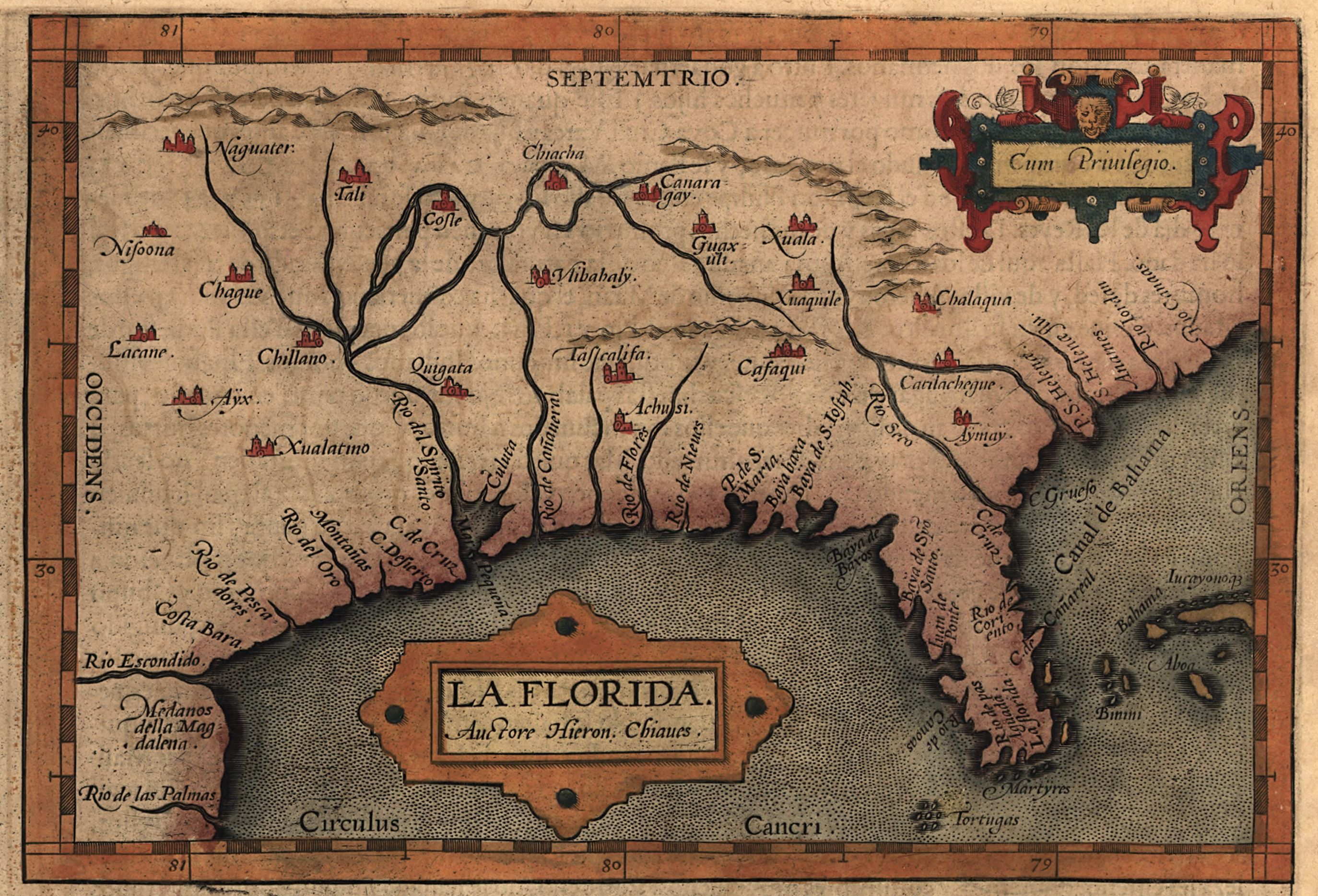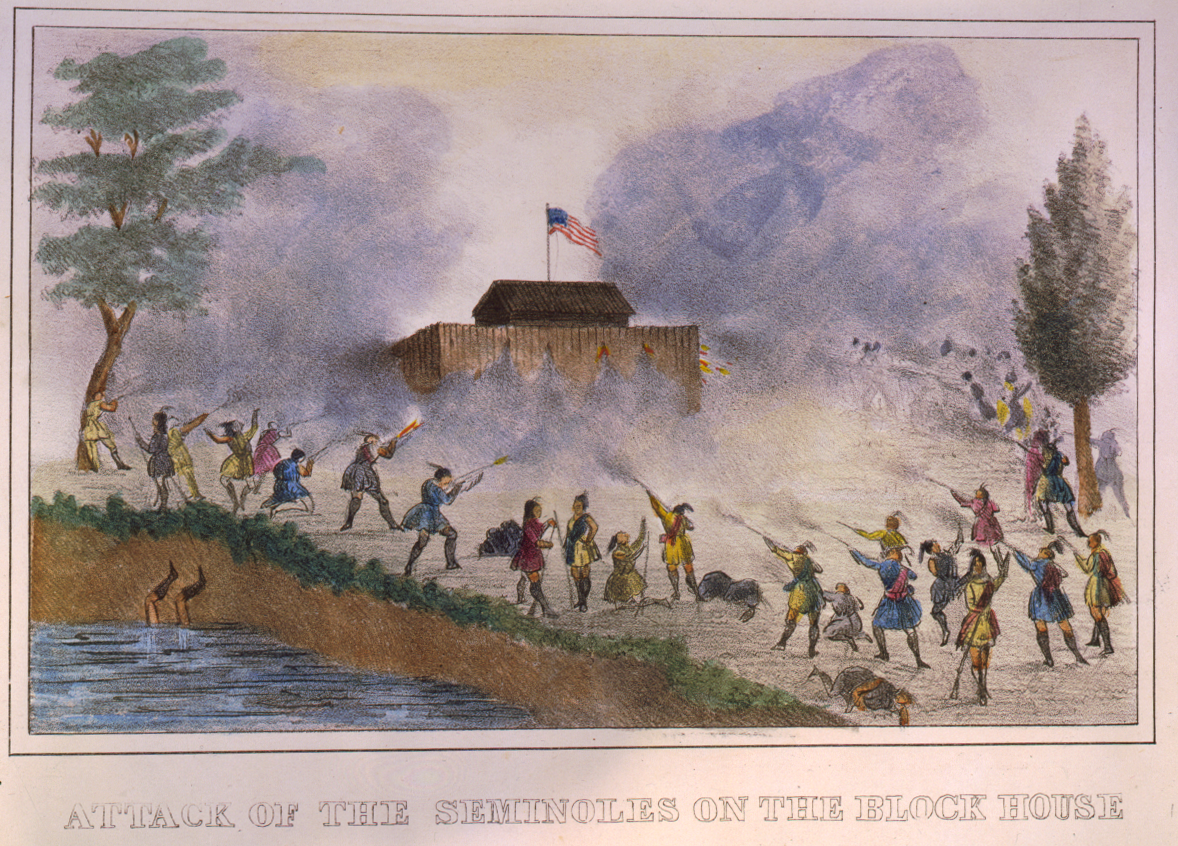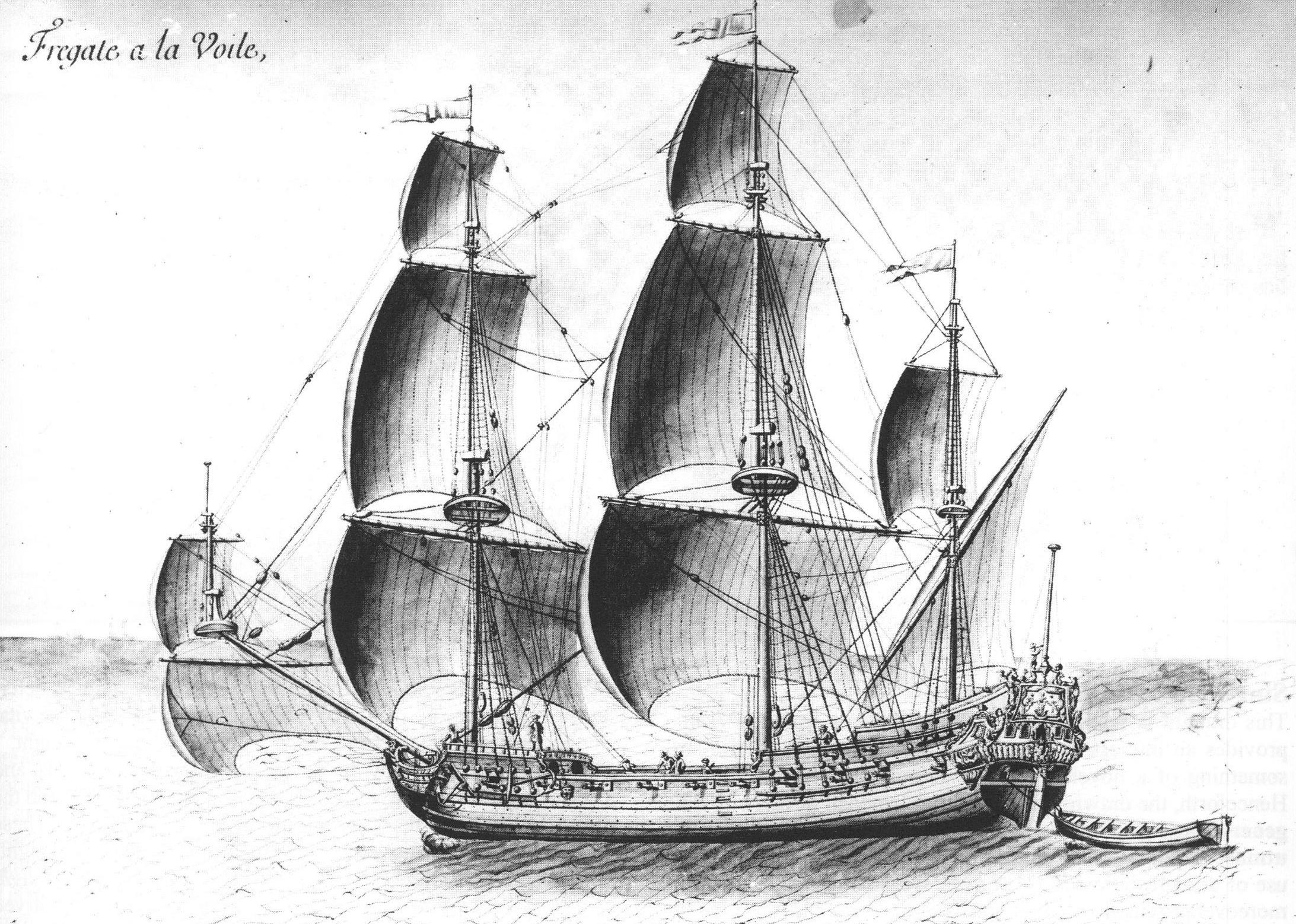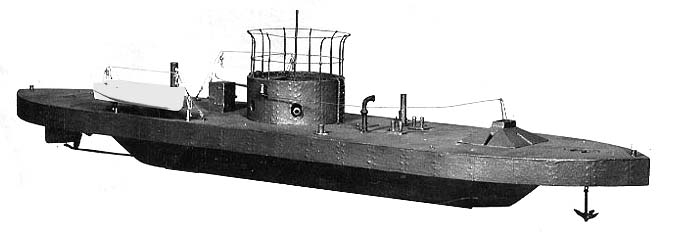|
USS Florida
Several United States Navy ships have borne the name ''Florida'', in honor of the state of Florida: *''Florida'' (1824) was a sloop that served on survey duty between 1824 and 1831. Her final cruise, between 1 June 1830 and 31 May 1831, was under the command of Lieutenant T. R. Gedney. *''Florida'' (1834) was a steamboat built in Savannah, Georgia, and operated on the St. Johns River during the Second Seminole War. It was long with a beam of and displaced near 144 tons. * was a side-wheel steamboat purchased in 1861 and sold after 1867. * was originally the screw frigate USS ''Wampanoag'', renamed in 1869, and sold in 1885. * was an monitor commissioned in 1903, renamed to USS ''Tallahassee'' in 1908, redesignated as IX-16 in 1921 and decommissioned and sold in 1922. * was the lead ship of her class of battleship, commissioned 1911 and scrapped in 1932. * is an cruise missile submarine, originally commissioned in 1983 as a ballistic missile submarine A ballistic mi ... [...More Info...] [...Related Items...] OR: [Wikipedia] [Google] [Baidu] |
United States Navy
The United States Navy (USN) is the maritime service branch of the United States Armed Forces and one of the eight uniformed services of the United States. It is the largest and most powerful navy in the world, with the estimated tonnage of its active battle fleet alone exceeding the next 13 navies combined, including 11 allies or partner nations of the United States as of 2015. It has the highest combined battle fleet tonnage (4,635,628 tonnes as of 2019) and the world's largest aircraft carrier fleet, with eleven in service, two new carriers under construction, and five other carriers planned. With 336,978 personnel on active duty and 101,583 in the Ready Reserve, the United States Navy is the third largest of the United States military service branches in terms of personnel. It has 290 deployable combat vessels and more than 2,623 operational aircraft . The United States Navy traces its origins to the Continental Navy, which was established during the American Re ... [...More Info...] [...Related Items...] OR: [Wikipedia] [Google] [Baidu] |
Florida
Florida is a state located in the Southeastern region of the United States. Florida is bordered to the west by the Gulf of Mexico, to the northwest by Alabama, to the north by Georgia, to the east by the Bahamas and Atlantic Ocean, and to the south by the Straits of Florida and Cuba; it is the only state that borders both the Gulf of Mexico and the Atlantic Ocean. Spanning , Florida ranks 22nd in area among the 50 states, and with a population of over 21 million, it is the third-most populous. The state capital is Tallahassee, and the most populous city is Jacksonville. The Miami metropolitan area, with a population of almost 6.2 million, is the most populous urban area in Florida and the ninth-most populous in the United States; other urban conurbations with over one million people are Tampa Bay, Orlando, and Jacksonville. Various Native American groups have inhabited Florida for at least 14,000 years. In 1513, Spanish explorer Juan Ponce de León became th ... [...More Info...] [...Related Items...] OR: [Wikipedia] [Google] [Baidu] |
Sloop-of-war
In the 18th century and most of the 19th, a sloop-of-war in the Royal Navy was a warship with a single gun deck that carried up to eighteen guns. The rating system covered all vessels with 20 guns and above; thus, the term ''sloop-of-war'' encompassed all the unrated combat vessels, including the very small gun-brigs and cutters. In technical terms, even the more specialised bomb vessels and fireships were classed as sloops-of-war, and in practice these were employed in the sloop role when not carrying out their specialised functions. In World War I and World War II, the Royal Navy reused the term "sloop" for specialised convoy-defence vessels, including the of World War I and the highly successful of World War II, with anti-aircraft and anti-submarine capability. They performed similar duties to the American destroyer escort class ships, and also performed similar duties to the smaller corvettes of the Royal Navy. Rigging A sloop-of-war was quite different from a civilia ... [...More Info...] [...Related Items...] OR: [Wikipedia] [Google] [Baidu] |
Steamboat
A steamboat is a boat that is propelled primarily by steam power, typically driving propellers or paddlewheels. Steamboats sometimes use the prefix designation SS, S.S. or S/S (for 'Screw Steamer') or PS (for 'Paddle Steamer'); however, these designations are most often used for steamships. The term ''steamboat'' is used to refer to smaller, insular, steam-powered boats working on lakes and rivers, particularly riverboats. As using steam became more reliable, steam power became applied to larger, ocean-going vessels. Background Limitations of the Newcomen steam engine Early steamboat designs used Newcomen steam engines. These engines were large, heavy, and produced little power, which resulted in an unfavorable power-to-weight ratio. The Newcomen engine also produced a reciprocating or rocking motion because it was designed for pumping. The piston stroke was caused by a water jet in the steam-filled cylinder, which condensed the steam, creating a vacuum, which in turn caus ... [...More Info...] [...Related Items...] OR: [Wikipedia] [Google] [Baidu] |
Second Seminole War
The Second Seminole War, also known as the Florida War, was a conflict from 1835 to 1842 in Florida between the United States and groups collectively known as Seminoles, consisting of Native Americans and Black Indians. It was part of a series of conflicts called the Seminole Wars. The Second Seminole War, often referred to as ''the'' Seminole War, is regarded as "the longest and most costly of the Indian conflicts of the United States". After the Treaty of Payne's Landing in 1832 that called for the Seminole's removal from Florida, tensions rose until open hostilities started with Dade battle. For the next four years, the Seminole and the U.S. forces engaged in small engagements and by 1842 only a few hundred native peoples remained in Florida. The war was declared over on August 14, 1842. Background Bands from various tribes in the southeastern United States had moved into the unoccupied lands in Florida in the 18th century. These included Alabamas, Choctaw, Yamasees, ... [...More Info...] [...Related Items...] OR: [Wikipedia] [Google] [Baidu] |
Beam (nautical)
The beam of a ship is its width at its widest point. The maximum beam (BMAX) is the distance between planes passing through the outer extremities of the ship, beam of the hull (BH) only includes permanently fixed parts of the hull, and beam at waterline (BWL) is the maximum width where the hull intersects the surface of the water. Generally speaking, the wider the beam of a ship (or boat), the more initial stability it has, at the expense of secondary stability in the event of a capsize, where more energy is required to right the vessel from its inverted position. A ship that heels on her ''beam ends'' has her deck beams nearly vertical. Typical values Typical length-to-beam ratios ( aspect ratios) for small sailboats are from 2:1 (dinghies to trailerable sailboats around ) to 5:1 (racing sailboats over ). Large ships have widely varying beam ratios, some as large as 20:1. Rowing shells In watercraft, a racing shell (also referred to as just a ''fine boat'' (UK) or just ' ... [...More Info...] [...Related Items...] OR: [Wikipedia] [Google] [Baidu] |
Displacement (ship)
The displacement or displacement tonnage of a ship is its weight. As the term indicates, it is measured indirectly, using Archimedes' principle, by first calculating the volume of water displaced by the ship, then converting that value into weight. Traditionally, various measurement rules have been in use, giving various measures in long tons. Today, tonnes are more commonly used. Ship displacement varies by a vessel's degree of load, from its empty weight as designed (known as "lightweight tonnage") to its maximum load. Numerous specific terms are used to describe varying levels of load and trim, detailed below. Ship displacement should not be confused with measurements of volume or capacity typically used for commercial vessels and measured by tonnage: net tonnage and gross tonnage. Calculation The process of determining a vessel's displacement begins with measuring its draft.George, 2005. p.5. This is accomplished by means of its "draft marks" (or "load lines"). A ... [...More Info...] [...Related Items...] OR: [Wikipedia] [Google] [Baidu] |
Frigate
A frigate () is a type of warship. In different eras, the roles and capabilities of ships classified as frigates have varied somewhat. The name frigate in the 17th to early 18th centuries was given to any full-rigged ship built for speed and maneuverability, intended to be used in scouting, escort and patrol roles. The term was applied loosely to ships varying greatly in design. In the second quarter of the 18th century, the 'true frigate' was developed in France. This type of vessel was characterised by possessing only one armed deck, with an unarmed deck below it used for berthing the crew. Late in the 19th century (British and French prototypes were constructed in 1858), armoured frigates were developed as powerful ironclad warships, the term frigate was used because of their single gun deck. Later developments in ironclad ships rendered the frigate designation obsolete and the term fell out of favour. During the Second World War the name 'frigate' was reintroduced to ... [...More Info...] [...Related Items...] OR: [Wikipedia] [Google] [Baidu] |
Monitor (warship)
A monitor is a relatively small warship which is neither fast nor strongly armored but carries disproportionately large guns. They were used by some navies from the 1860s, during the First World War and with limited use in the Second World War. The original monitor was designed in 1861 by John Ericsson, who named it . They were designed for shallow waters and served as coastal ships. The term also encompassed more flexible breastwork monitors, and was sometimes used as a generic term for any turreted ship. In the early 20th century, the term was revived for shallow-draught armoured shore bombardment vessels, particularly those of the Royal Navy: the s carried guns firing heavier shells than any other warship ever has, seeing action (albeit briefly) against German targets during World War I. The ''Lord Clive'' vessels were scrapped in the 1920s. The term "monitor" also encompasses the strongest of riverine warcraft, known as river monitors. During the Vietnam War these much ... [...More Info...] [...Related Items...] OR: [Wikipedia] [Google] [Baidu] |
Lead Ship
The lead ship, name ship, or class leader is the first of a series or class of ships all constructed according to the same general design. The term is applicable to naval ships and large civilian vessels. Large ships are very complex and may take as many as five to ten years to build. Improvements based on experience with building and operating the lead ship are likely to be incorporated into the design or construction of later ships in the class, so it is rare to have vessels that are identical. The second and later ships are often started before the first one is completed, launched and tested. Nevertheless, building copies is still more efficient and cost-effective than building prototypes, and the lead ship will usually be followed by copies with some improvements rather than radically different versions. The improvements will sometimes be retrofitted to the lead ship. Occasionally, the lead ship will be launched and commissioned for shakedown testing before following ... [...More Info...] [...Related Items...] OR: [Wikipedia] [Google] [Baidu] |
Florida-class Battleship
The ''Florida''-class battleships of the United States Navy comprised two ships: and . Launched in 1910 and 1909 respectively and commissioned in 1911, they were slightly larger than the preceding design but were otherwise very similar. This was the first US battleship class in which all ships received steam turbine engines. In the previous ''Delaware''-class, received steam turbine propulsion as an experiment while retained triple-expansion engines. Both ships were involved in the 1914 Second Battle of Vera Cruz, deploying their Marine contingents as part of the operation. Following the entrance of the United States into World War I in 1917, both ships were deployed to Europe. ''Florida'' was assigned to the British Grand Fleet and based in Scapa Flow; in December 1918 she escorted President Woodrow Wilson to France for the peace negotiations. ''Utah'' was assigned to convoy escort duty; she was based in Ireland and was tasked with protecting convoys as they approached the ... [...More Info...] [...Related Items...] OR: [Wikipedia] [Google] [Baidu] |
Battleship
A battleship is a large armored warship with a main battery consisting of large caliber guns. It dominated naval warfare in the late 19th and early 20th centuries. The term ''battleship'' came into use in the late 1880s to describe a type of ironclad warship,Stoll, J. ''Steaming in the Dark?'', Journal of Conflict Resolution Vol. 36 No. 2, June 1992. now referred to by historians as pre-dreadnought battleships. In 1906, the commissioning of into the United Kingdom's Royal Navy heralded a revolution in the field of battleship design. Subsequent battleship designs, influenced by HMS ''Dreadnought'', were referred to as "dreadnoughts", though the term eventually became obsolete as dreadnoughts became the only type of battleship in common use. Battleships were a symbol of naval dominance and national might, and for decades the battleship was a major factor in both diplomacy and military strategy.Sondhaus, L. ''Naval Warfare 1815–1914'', . A global arms race in battleship con ... [...More Info...] [...Related Items...] OR: [Wikipedia] [Google] [Baidu] |





.jpg)



